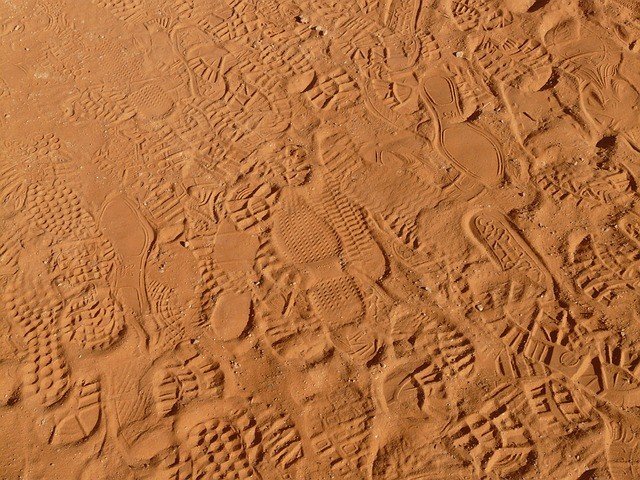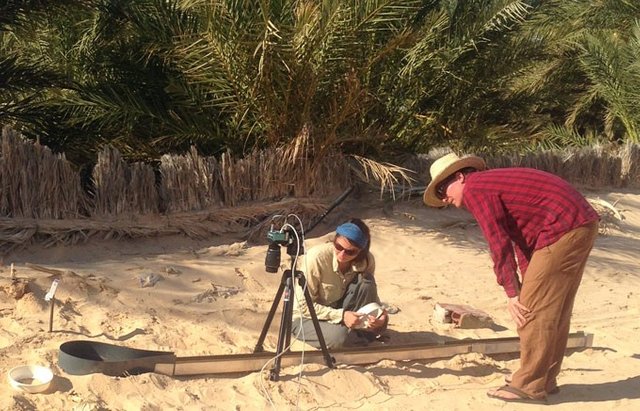Slow and steady wins the race, a notion that we all know but it’s worth remembering that size doesn’t always matter, and this proves true when taking a much closer look at the world of ants.

//How fast can ants run?//
Ants are small but pack both power and speed in their bodies with varying speeds depending on the species. There’s a new ‘bolting’ champion in town and they come from the Saharan Desert. Known as Cataglyphis bombycina or the Saharan Silver ant, they live in harsh climates with multiple predators roaming in proximity. You may be surprised to know that ant species greatly in size and performance. On paper, the Saharan Silver hasn’t got much going on in the physical department. Its legs are substantially shorter than other desert ants, but it is for this same reason that the performance of the Silver stands out. With shorter legs, they are still able to best their relatives with top speeds eclipsing almost doubling that of others, a truly ‘quicksilver’ ant.

//Speed in the dry desert//
Observation of the ants around Tunisia witnessed just how fast these ants can really go as they scurried around at blistering fast speeds. They can muster speeds that are magnitudes higher than their own body weight and it’s truly impressive that such a small and lightweight creature is able to conjure such speed. Researching speed would be hard without fixed experimental pathways. Biologist, Sarah Pfeffer was well equipped with a high-speed camera to capture these blisteringly fast speeds. To capture speeds, a miniature oasis was brought out to entice the ants to run a fixed distance. Pfeffer served up mealworms, there wouldn’t be many ants that would pass on this opportunity.
//Biomechanics and inspiration//
Biomechanics is important in movement and it’s truly a feat that the short-legged Silvers reached speeds of 855 millimetres per second. With highspeed video capture, researchers were able to uncover how these ants handle movement. Six legs would work in two groups to form a galloping motion, reaching an airborne state for brief moments as they continued to ‘glide’ towards their destination. Running form in humans also observes brief airborne periods but the lightweight frame and perfect motions make a rapid movement across surfaces. Understanding the movement is just as important to observing speed. Animals have inspired several inventions. The bullet train is one such example that was directly inspired by the biomechanics of a Kingfisher bird that helped bring the famous train to new speeds, eliminating sound booms that had been an issue for years. Perhaps our silver insect friends will inspire a new generation of inventions in the near future!